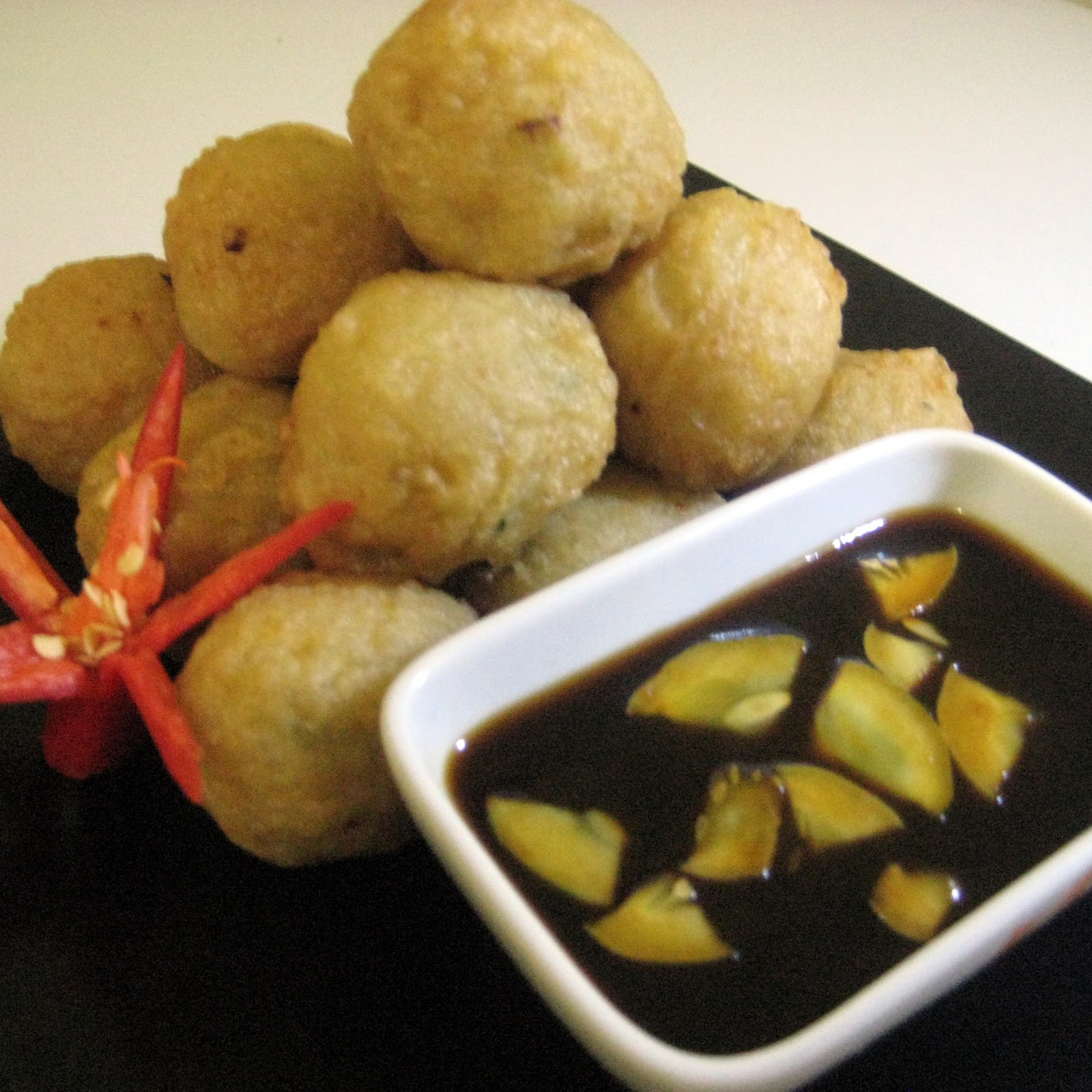Pempek, a beloved dish from Palembang, Sumatra, has transcended its regional roots to become a national favorite in Indonesia. Known for its savory, chewy texture and the tangy, sweet, and spicy cuko sauce, pempek is more than just a snack—it’s a cultural symbol. This article delves into the history, varieties, and preparation methods of pempek, highlighting its significance as a culinary treasure.
The Origins of Pempek: A Story of Cultural Fusion
The origins of pempek are deeply intertwined with the history of Palembang, particularly during the 16th century when Chinese immigrants brought their culinary traditions to the region. According to local lore, a Chinese merchant named Apek, who was known as “Apek” (meaning “uncle” or “elderly man” in Chinese), began selling a dish made from ground fish mixed with starch. The name “pempek” is believed to have originated from the sound “peek…peek,” which customers used to call out when they wanted to buy his creation. This unique blend of Chinese and local ingredients gave rise to what we now know as pempek.
Over time, pempek evolved, incorporating local flavors and techniques. The dish became a staple in Palembang, especially during festivals and gatherings, and eventually spread throughout Indonesia. Today, it is not only a symbol of Palembang but also a representation of Indonesia’s rich culinary diversity.
Varieties of Pempek: A World of Flavors

Pempek comes in numerous forms, each with its own distinct characteristics:
- Pempek Kapal Selam: This variety features a whole egg inside a fish-based dough, giving it a unique texture and flavor.
- Pempek Keriting: Thin, curly strands of fish paste that are often served with cuko.
- Pempek Lenjer: Long, thin strips of fish paste that are typically boiled.
- Pempek Telok: Similar to kapal selam, but with a smaller amount of egg.
- Pempek Pistel: Filled with a mixture of mashed green papaya and spices.
- Pempek Lenggang: A grilled version of pempek, often wrapped in banana leaves.
- Pempek Dos: A type of pempek made without fish, using tapioca flour instead.
Each variant showcases the versatility of pempek, making it a favorite among locals and tourists alike. Whether you prefer it boiled, fried, or grilled, there’s a style of pempek to suit every palate.
The Secret to Perfect Pempek: Ingredients and Techniques
Creating the perfect pempek requires attention to detail and the right ingredients. Traditionally, pempek is made from fresh fish, such as tenggiri, gabus, or belida, combined with tapioca flour, salt, and water. The key to achieving the ideal texture lies in the balance of these ingredients and the technique used to mix them.
For example, the process of making pempek lenjer involves mixing ground fish with tapioca flour and water until the dough is firm and elastic. The dough is then shaped into long strips and boiled until it floats to the surface, indicating it’s done.
Another popular method is the preparation of pempek kapal selam, where a whole egg is placed inside a fish-based dough and then boiled. The result is a dish that combines the richness of fish with the creaminess of the egg, creating a delightful contrast in texture and flavor.
The Role of Cuko: The Heart of Pempek

No meal of pempek is complete without cuko, the iconic sauce that gives the dish its signature taste. Cuko is a blend of tamarind, sugar, chili, garlic, and vinegar, creating a harmonious balance of sweet, sour, and spicy flavors. The sauce is traditionally poured over the pempek, allowing the flavors to meld together.
In some regions, variations of cuko have emerged, catering to different tastes. For instance, some versions are less spicy, while others are sweeter, reflecting the adaptability of this beloved dish.
Pempek Beyond Palembang: A National Favorite

While pempek is most closely associated with Palembang, its popularity has spread across Indonesia. It can be found in cities like Bandar Lampung, Jambi, and even in the capital, Jakarta. In some areas, local chefs have introduced new twists, such as cheese-filled pempek or pempek with beef balls, showcasing the dish’s adaptability.
Moreover, pempek has gained international recognition, appearing at food festivals and cultural events abroad. Its unique flavor and cultural significance have made it a symbol of Indonesian cuisine on the global stage.
The Future of Pempek: Innovation and Tradition
As the demand for pempek continues to grow, so does the need for innovation. Frozen pempek products have made it easier for people to enjoy this dish anywhere, while modern recipes incorporate new ingredients and techniques. However, the essence of pempek remains rooted in tradition, with many families passing down their recipes through generations.
Whether enjoyed in its traditional form or with a contemporary twist, pempek continues to captivate the hearts and palates of Indonesians and food lovers around the world. Its journey from a humble street food to a national icon is a testament to the power of culture and cuisine.







